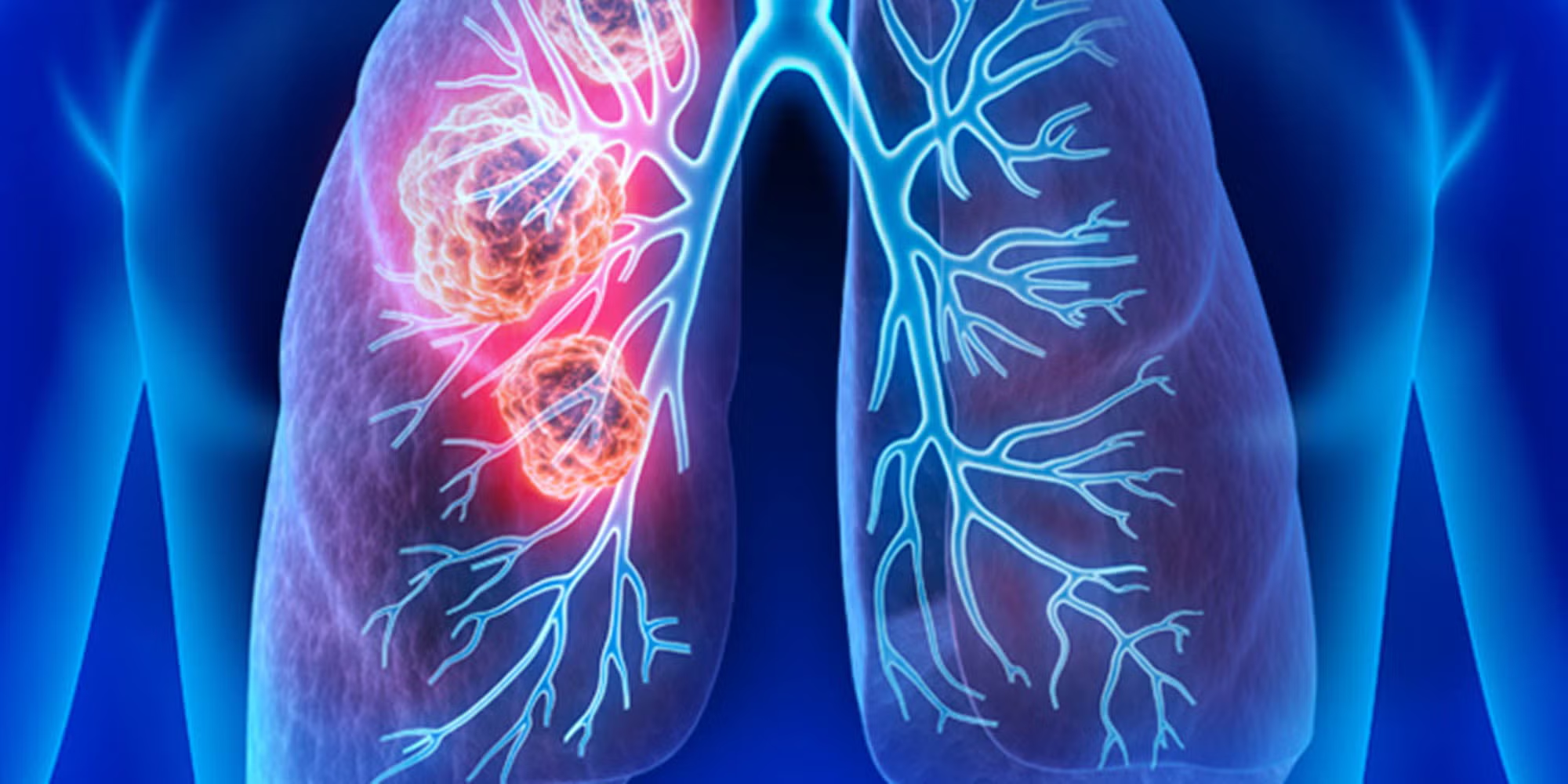
Lung cancer maintains its grim status as the leading cause of cancer-related death globally, primarily due to a systemic failure in early detection. Unlike cancers with visible, palpable, or easily testable markers, lung cancer typically remains asymptomatic until it has reached advanced, often incurable, stages (Stage III or IV). By the time symptoms emerge—a persistent cough, shortness of breath, or unexplained weight loss—the malignancy has frequently metastasized beyond the lung, rendering curative treatment options like surgery largely ineffective. The unfortunate reality is that the majority of patients historically received their diagnosis at this late stage, resulting in a devastatingly low five-year survival rate, often hovering near 5 to 10 percent. Addressing this catastrophic prognosis requires a fundamental shift in medical strategy: moving from symptomatic diagnosis to proactive, high-risk screening that intercepts the disease when it is localized and manageable.
The unfortunate reality is that the majority of patients historically received their diagnosis at this late stage, resulting in a devastatingly low five-year survival rate
The introduction of Low-Dose Computed Tomography (LDCT) screening represents the most significant breakthrough in lung cancer management in decades. Unlike a standard chest X-ray, which often misses small or early-stage tumors obscured by ribs or heart tissue, the LDCT scan provides highly detailed, cross-sectional images of the lungs. The technique specifically uses a much lower radiation dose than a standard diagnostic CT, minimizing the cumulative risk associated with annual screening. The landmark National Lung Screening Trial (NLST) conclusively demonstrated the power of this method, showing that annual LDCT screening in high-risk individuals—heavy smokers or former heavy smokers—led to a 20% reduction in lung cancer mortality compared to those screened with chest X-rays. This undeniable evidence firmly established LDCT as the standard of care for at-risk populations.
The Definitive Intervention: Conclusive Evidence from the National Lung Screening Trial (NLST)
Despite the clear survival benefit, LDCT screening is not a generalized recommendation for the entire population; it is a meticulously defined, risk-stratified intervention. Current guidelines, established by major medical bodies, target individuals aged 50 to 80 years (or 50 to 77, depending on the specific society) who have a significant smoking history—typically defined as at least a 20 pack-year history (calculated by multiplying the number of years smoked by the average number of packs smoked per day) and who are either current smokers or have quit within the last 15 years. This tight focusing of criteria is crucial because screening low-risk individuals increases the likelihood of false positives and exposes them to unnecessary radiation and invasive follow-up procedures without providing a substantial mortality benefit.
Current guidelines, established by major medical bodies, target individuals aged 50 to 80 years who have a significant smoking history
The primary difficulty inherent in LDCT screening is the high rate of false positives, which necessitates careful clinical management to avoid patient distress and unnecessary procedures. A false positive occurs when the scan detects a small pulmonary nodule (a small, suspicious spot) that turns out to be benign—such as scar tissue, a granuloma from a previous infection, or a non-cancerous lesion. These nodules are extremely common in smokers. Dealing with these indeterminate findings requires a skilled, systematic approach known as nodule management protocols (e.g., the Fleischner Society guidelines). Instead of immediate invasive biopsy, most nodules are simply monitored with repeat LDCT scans at short intervals (e.g., three or six months) to check for growth or change, thereby minimizing the need for unnecessary, anxiety-inducing procedures.
The Diagnostic Challenge: Managing False Positives and Implementing Nodule Monitoring Protocols
The psychological implications of entering a screening program, particularly for long-time smokers, are complex and require careful navigation by the healthcare team. The process often generates significant scan-related anxiety—the fear and stress that spike in the weeks leading up to and immediately following the annual scan, regardless of the previous year’s negative result. Furthermore, screening can create a false sense of security, which, in some patients, can paradoxically undermine motivation for smoking cessation. Healthcare providers offering screening must integrate robust counseling and motivational interviewing techniques into the screening process, ensuring that the primary message remains: screening is a safety net, but quitting smoking is the only true preventive action that eliminates the cause of the disease.
Furthermore, screening can create a false sense of security, which, in some patients, can paradoxically undermine motivation for smoking cessation.
A crucial, often-underestimated benefit of early detection is the dramatic expansion of available treatment modalities for the patient. When lung cancer is identified at Stage I (a small, localized tumor), the primary curative treatment is often surgical resection (removal of the tumor and a margin of healthy tissue), frequently performed using minimally invasive techniques like VATS (Video-Assisted Thoracoscopic Surgery). This early intervention typically requires no chemotherapy or radiation, leading to dramatically shorter recovery times, better post-operative lung function, and, most importantly, a five-year survival rate that can exceed 80%. This is a stark contrast to the grueling, multi-modal treatment—chemotherapy, radiation, and often immunotherapy—required for advanced-stage disease.
The Treatment Dividend: Expanding Curative Modalities for Small, Localized Tumors
The implementation of a successful LDCT screening program requires a vast interdisciplinary effort that goes far beyond the radiologist’s reading of the scan. It necessitates the coordinated action of primary care providers (who identify and refer eligible patients), nurse navigators (who educate and guide patients through the protocol), pulmonologists, thoracic surgeons, and oncologists. The program must be organized as a “Center of Excellence,” with defined, standardized protocols for image acquisition, reading, reporting, and follow-up. Fragmented care, where communication between these specialties is poor, leads to missed follow-ups, delayed diagnosis of true positives, and a loss of the overall mortality benefit demonstrated by the NLST.
It necessitates the coordinated action of primary care providers (who identify and refer eligible patients), nurse navigators (who educate and guide patients through the protocol)
One of the secondary, yet significant, advantages of the annual LDCT scan is the incidental detection of other life-threatening, cardiovascular conditions. The low-dose scan provides clear visualization of the coronary arteries and the aorta. Radiologists can often assess the coronary artery calcification (CAC) score, a strong, independent predictor of future heart attack and stroke risk. This incidental finding allows for the early referral of high-risk patients to cardiologists for aggressive lipid-lowering therapy and blood pressure management. The lung cancer screening program thus transforms into an unexpectedly powerful cardiovascular risk assessment tool, providing an added layer of preventative health benefit to a high-risk population.
The Incidental Benefit: Transforming the Scan into a Powerful Cardiovascular Risk Assessment Tool
The future evolution of lung cancer screening will undoubtedly move toward increased personalization through the integration of risk stratification tools and biomarker detection. Beyond simple pack-years, new models incorporate factors like family history, exposure to other carcinogens (e.g., radon), and chronic lung diseases to refine the individual’s absolute risk score, ensuring screening resources are allocated to those who will benefit most. Furthermore, research is focused on developing liquid biopsies—simple blood tests that can detect circulating tumor DNA (ctDNA)—to potentially supplement or refine the imaging findings, offering a non-invasive method to confirm the benign or malignant nature of an indeterminate nodule.
Furthermore, research is focused on developing liquid biopsies—simple blood tests that can detect circulating tumor DNA (ctDNA)—to potentially supplement or refine the imaging findings
Ultimately, the failure to prioritize early lung cancer screening in eligible individuals represents a missed opportunity for curative intervention and a continued acceptance of a high mortality burden. The evidence for LDCT is robust and conclusive; the challenge now lies in the widespread implementation and public education of the program, ensuring that eligible, high-risk current and former smokers understand that they qualify for this life-saving annual procedure. Overcoming the initial hurdles of anxiety and false positives is a necessary clinical trade-off for the dramatic reduction in lung cancer mortality that only early detection can provide.
The Widespread Imperative: Ensuring Public Education and Access to Life-Saving Annual Procedures
Early lung cancer screening via LDCT is crucial for high-risk smokers, offering a 20% mortality reduction by detecting tumors at curative stages and demanding interdisciplinary coordination and meticulous management of psychological and diagnostic complexities.
